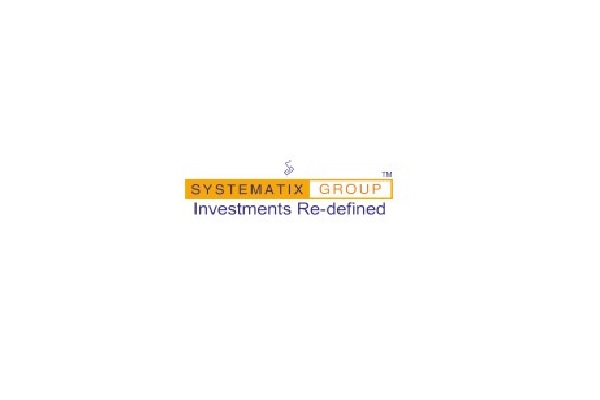Banking Sector Update : Easing deposit mobilization efforts through LCR relaxation by Kotak Institutional Equities

Easing deposit mobilization efforts through LCR relaxation
The final guidelines on LCR come as a net positive compared to the draft regulations. The RBI’s assessment suggests an improvement of six percentage points in the LCR ratio, but at an aggregated level. The changes are harder to calculate for individual banks based on current disclosures. We assess a 2-3% point lower deposit requirement if LCR is moved back to current levels. This would imply that banks can (1) accelerate loan growth, (2) lower deposit mobilization and/or (3) cut deposit rates with greater confidence.
Final amendments are a mixed bag with both tightening and relaxing effects
The RBI has now issued final amendments to the LCR framework (Exhibit 1) after the draft circular, which was issued in July 2024. The revisions include: (1) applying a haircut on current market value to government securities classified as Level-1 HQLA, (2) an increase in the run-off factor by 2.5% for retail deposits and less stable deposits enabled with internet and mobile banking facilities, (3) treatment of non-callable fixed deposits (FDs), which are pledged to secure loan as callable, thereby attracting a higher run-off factor against 0% earlier, (4) treatment of unsecured wholesale funding provided by non-financial small business customers (SBCs) as retail deposits, thereby attracting a lower run-off factor and (5) treatment of funding from non-financial entities (except SBCs) such as trusts, partnerships and LLPs as funding from non-financial corporates, thereby attracting a run-off factor of 40% against 100% earlier. Note that these guidelines are effective from FY2026 as compared to FY2025 earlier.
RBI’s assessment suggests that the net benefit is 600 bps improvement
The RBI’s internal study suggests an improvement in the LCR ratio of ~6% points higher than where it would have been in 3QFY25 at an aggregate level. As the ratios are reasonably wide across banks depending on the composition of liabilities and the variables that are affecting these ratios are not available in the public domain, it would be relatively difficult to assess the impact individually for banks. However, if we were to assume that the impact is a constant number across banks, the estimated impact is likely to be ~2-3% of total deposits.
Three broad benefits coming through for lenders in the short term
The recent regulatory developments have generally created a more favorable environment for lenders, allowing them to operate with greater flexibility than before. This is evident through improvements in overnight liquidity, relaxation in risk weights for NBFCs and MFIs, and the current relaxation in LCR guidelines. The benefits of the LCR relaxation can be viewed from several perspectives: banks can lower their intensity in mobilizing deposits, cut deposit rates with greater confidence as there is reduced pressure on NIM, and shift their focus toward loan growth. Private banks, particularly mid-tier private banks and small finance banks (SFBs), are likely to experience significant benefits, while regional banks may also benefit from these revised guidelines. However, given the global uncertainties, it remains unclear whether lenders will accelerate growth. We would want to be a bit more optimistic on the NIM outlook than before.
Above views are of the author and not of the website kindly read disclaimer










More News

IT Sector Update : Q2FY26 Quarterly Results Preview by Choice Institutional Equities












